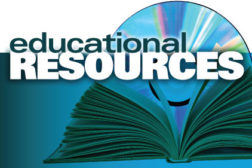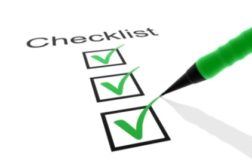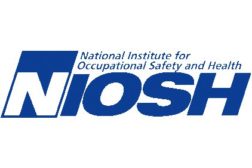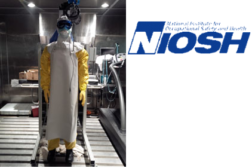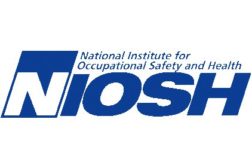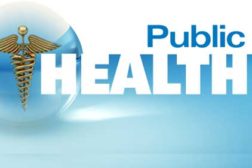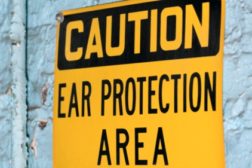Home » NIOSH
Articles Tagged with ''NIOSH''
NIOSH, CPWR & stakeholders team up on new guide
Read More
A NIOSH Science Blog post
Fighting Ebola: A Grand Challenge for Development
How NIOSH is helping design improved PPEfor healthcare workers
February 12, 2015
A NIOSH Science Blog post
Can workplace exposures increase risks of birth defects?
Epidemiology in action
January 21, 2015
How retail workers can avoid ergonomic injuries
NIOSH releases new illustrated publication
January 8, 2015
The information you need about…
Protecting hearing and preventing hearing loss
December 28, 2014
Become a Leader in Safety Culture
Build your knowledge with ISHN, covering key safety, health and industrial hygiene news, products, and trends.
JOIN TODAYCopyright ©2025. All Rights Reserved BNP Media.
Design, CMS, Hosting & Web Development :: ePublishing
